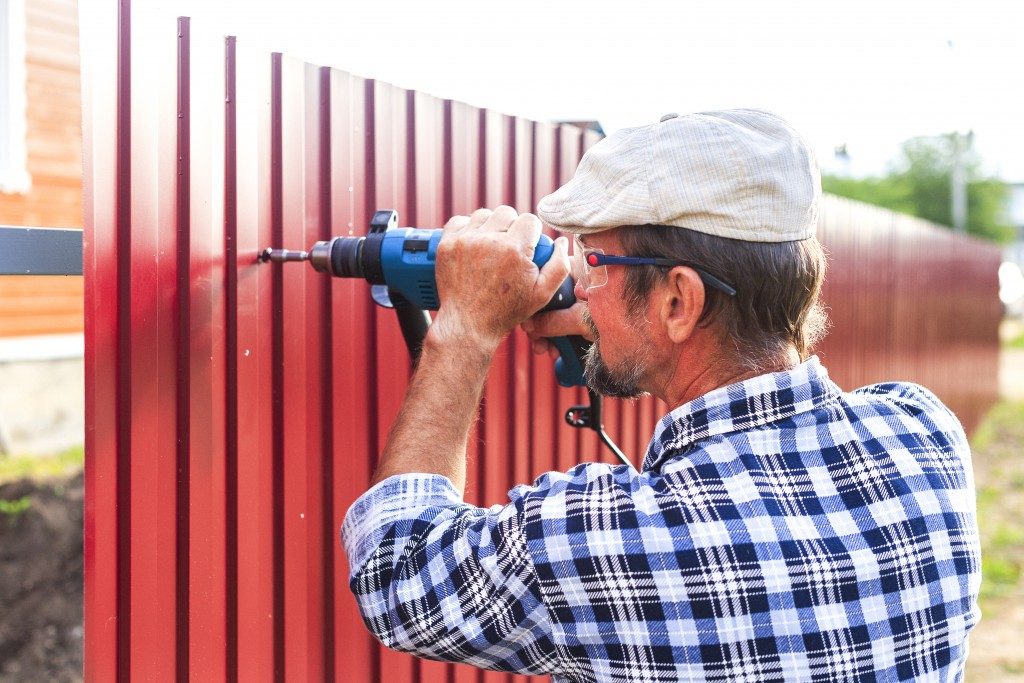There are two ways to building eco-friendly homes: first is to choose materials that have a minimal impact on the environment, such as recycled materials; second is to choose materials that promote sustainable energy such as bamboo, straw, linoleum products, wool, and strawboard.
The materials you use in the construction of your home have a direct impact on the environment since most building materials are sourced from nature. You should choose environmentally sustainable and friendly designs such as aluminum façade for your buildings to prevent the risk of harming the environment.
Aluminum

This is a lightweight material that offers the construction industry an opportunity to design a high-performance structure that is safe, environmentally friendly, and energy-efficient. Like steel, aluminum can be used in many applications. Once this use has reached its maximum potential, the aluminum can be reused and recycled. The best thing about this material is that the properties of metals are retained. Even if the aluminum is melted and turned into another product, it will not lose any of its inherent properties.
Recycled Steel
The production of new steel takes a lot of effort and energy, leading some contractors to turn to recycled steel as a viable option. Do you know that the recycled steel from six junked cars can build the structure of a 2,000-square-foot home? Recycling steel saves 75% of the energy used in producing new steel.
Straw Bales
Straw is a rapidly renewable resource. You can create your home’s interior walls with it instead of concrete, fiberglass, plastic, wood, stone, or gypsum board. When straw bales are properly sealed, they have great insulation levels for hot and cold climate.
Earth
In ancient times, people use earth to build their homes. Why can’t that happen again today? Rammed and compacted earth is as stable and sturdy as most concrete materials. It also has a very similar feel to concrete. Based on ancient civilizations, rammed earth as a construction material can last for a very long time. Modern buildings can reinforce their rammed earth walls with rebar or bamboo, but the main construction material would still be the dirt you find under your feet.
Plant-based Polyurethane Rigid Foam
This is made from bamboo, kemp, and hemp. It is inspired by the rigid foam, which is the foam used in surfboards and has great insulation properties. However, rigid foam is not environmentally friendly. Thus, there was a need to manufacture plant-based polyurethane rigid foam, which also offers protection from molds and pests.
Recycled Plastic
Plastic materials continue to pose a problem in garbage collection and disposal. These materials clog landfills, and they are expensive to break down into an organic state. Thankfully, scientists have found a way to reuse plastic materials to make constructing homes eco-friendlier. Plastics can be used to unburden the weight of concrete and stabilize building structures. The construction industry also uses recycled plastic for structural lumber, PVC windows, indoor insulation, bricks, fences, and even roofing tiles.
Other eco-friendly construction materials are grasscrete, hempcrete, bamboo, mycelium, ferrock, ashcrete, and timbercrete. Using green materials for constructing homes, offices, and commercial properties is nothing new. However, scientists, engineers, and researchers continuously come up with groundbreaking studies on building materials that contribute to a more sustainable environment.
